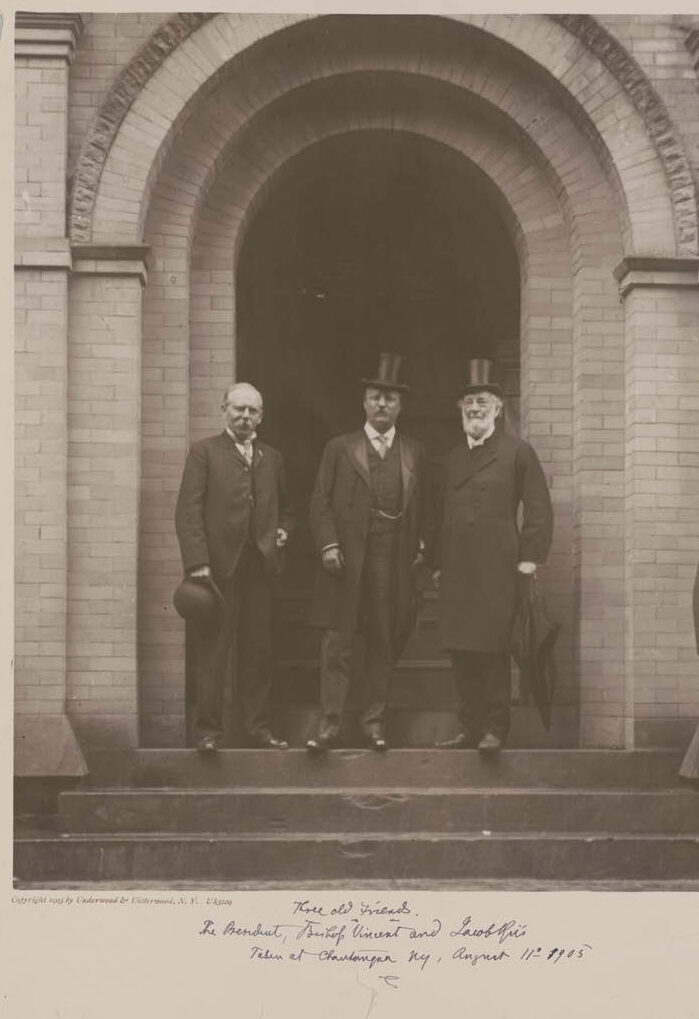Reporter, photographer, author, lecturer and social reformer. The most influential Danish-American of all time. Pioneer of photojournalism. Describes as the most useful citizen by president Theodore Roosevelt.
One of the most influential journalists and social reformers of the late 19th and early 20th centuries, Jacob A. Riis documented and helped to improve the living conditions of millions of poor immigrants in New York.
Now, Museum of Southwest Jutland has created an exciting museum in Mr. Riis’ hometown in Denmark – inside the very building in which he grew up – which both celebrates the life and legacy of Mr. Riis while simultaneously exploring the themes he famously wrote about and photographed – immigration, poverty, education and social reform.
These topics are still, if not more, relevant today. In the media, in politics and in academia, they are burning issues of our times.
Jacob August Riis (1849–1914) was a journalist and social reformer in late 19th and early 20th century New York. He steadily publicized the crises in poverty, housing and education at the height of European immigration, when the Lower East Side became the most densely populated place on Earth. From his job as a police reporter working for the local newspapers, he developed a deep, intimate knowledge of Manhattan’s slums where Italians, Czechs, Germans, Irish, Chinese and other ethnic groups were crammed in side by side. His innovative use of flashlight photography to document and portray the squalid living conditions, homeless children and filthy alleyways of New York’s tenements was revolutionary, showing the nightmarish conditions to an otherwise blind public. His innovative use of ‘magic lantern’ picture lectures coupled with gifted storytelling and energetic work ethic captured the imagination of his middle-class audience and set in motion long lasting social reform, as well as documentary, investigative photojournalism.
After the success of his first book, How the Other Half Lives (1890) Riis became a prominent public speaker and figurehead for the social activist as well as for the muckraker journalist. Among his other books, The Making of An American (1901) became equally famous, this time detailing his own incredible life story from leaving Denmark, arriving homeless and poor to building a career and finally breaking through, marrying the love of his life and achieving success in fame and status.
He died in Barre, Massachusetts, in 1914 and was recognized by many as a hero of his day.
